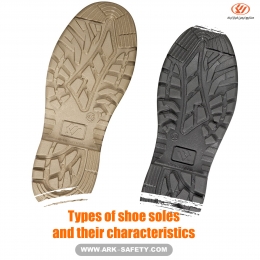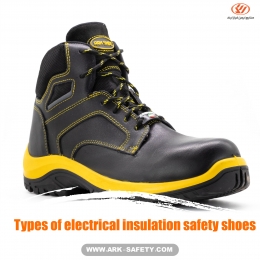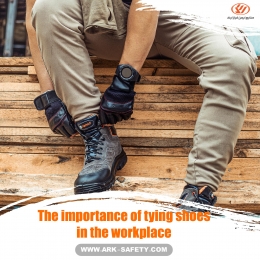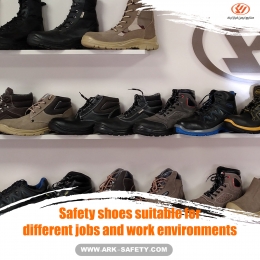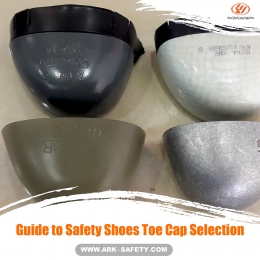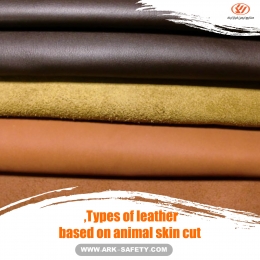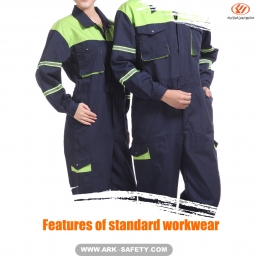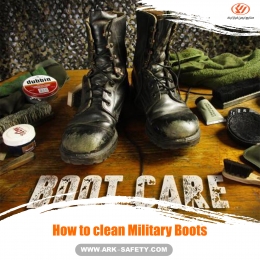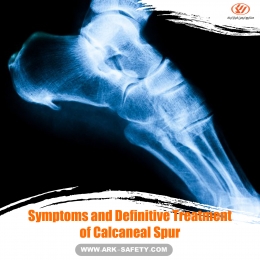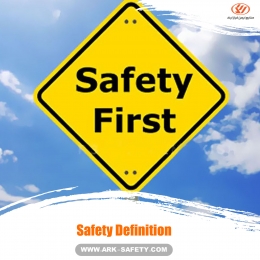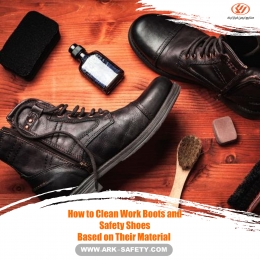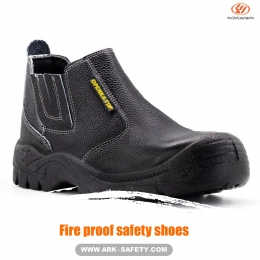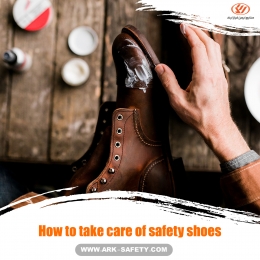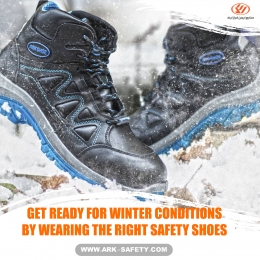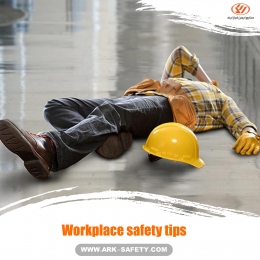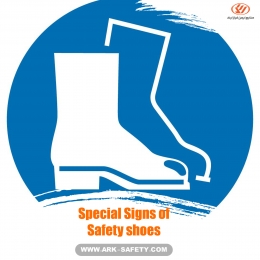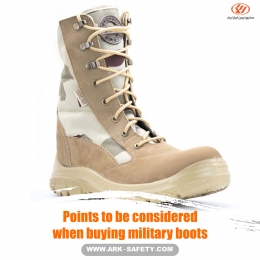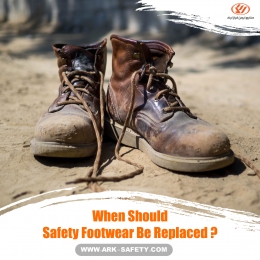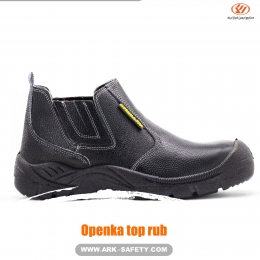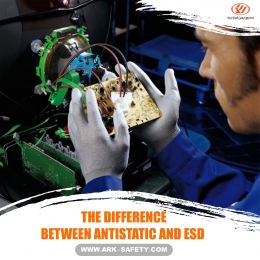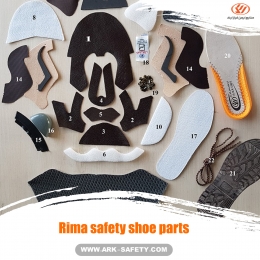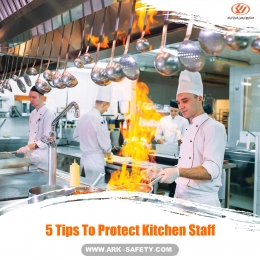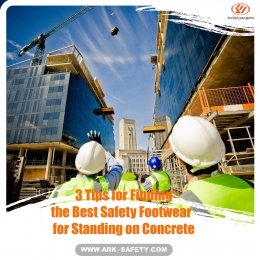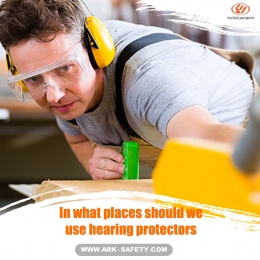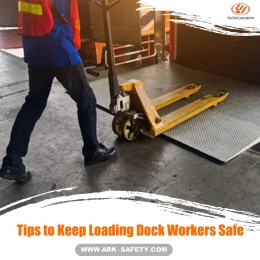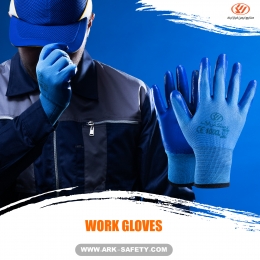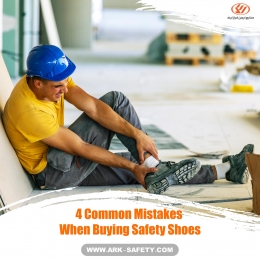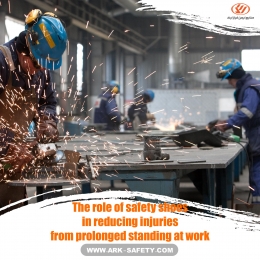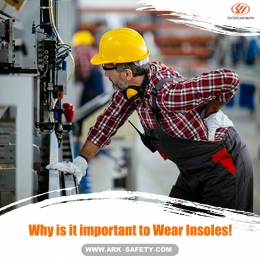Close
Symptoms and Definitive Treatment of Calcaneal Spur
Patients with calcaneal spur generally suffer from sharp, stabbing pain that usually occurs in the morning when they take their first steps and start walking. Calcaneal spur pain decreases with warming but recurs after standing for a long time or changing position from sitting to standing. Calcaneal spurs are most common among runners and overweight people, and wearing shoes that do not support the foot enough also increases the risk of calcaneal spurs.
What is a calcaneal spur?
A calcaneal spur is a bony appendage that develops in the heel bone. The human ankle is made up of seven bones, the largest of which is the heel bone. Occasionally there is a tingling sensation in the bone that becomes painful and can interfere with walking.
The most important cause of heel pain is calcaneal spurs; Interestingly, this pain is not caused by a thorn, it is the pain that causes the calcaneal spur. These spurs are caused by inflammation of the plantar fascia. The plantar fascia is a wide band that runs from the heel to the toes.
If the fascia becomes inflamed and this inflammation persists, it can cause calcium to build up at the junction of the fascia with the heel. This abnormal calcium deposit is in the form of a small thorn-like appendage called a calcaneal spur. Calcaneal spurs are not painful in themselves, but the pain is caused by stretching of the fascia.
Causes and factors of calcaneal spurs
As we have said, the cause of this disease is pressure or damage to the heel tissue, which leads to inflammation of the plantar fascia and ossification of the plantar fascia. Several factors can cause this problem:
* Overweight (calcaneal spurs are more common in obese people). Sudden weight gain during pregnancy
- Flat feet.
* Biomechanical problems (abnormalities that lead to abnormal motion).
Inflammation of the soles of the feet for any reason.
- Wearing inappropriate shoes (too high heel of shoes, tight shoes, shoes without heels or flat)
- Running (walking is less harmful than running).
- Stand for a long time.
- Tea consumption is effective both in causing primary inflammation of the plantar fascia and in the secondary deposition of calcium and the formation of calcaneal spurs.
Signs and complications of calcaneal spurs
Calcaneal spurs usually present with pain. The pain in the heel is vague, but sometimes it is felt as a sharp pain, and the person expresses that there is something like a needle in the heel that causes pain due to pressures such as walking. The place of pain is in the center of the heel or the inner edge; The severity of calcaneal spurs is greater in the early morning, after waking up and after resting, and decreases with walking.
This pain is very severe in the first step after a long rest. Walking on hard and uneven surfaces and carrying heavy objects can increase pain. Sometimes, pain develops spontaneously, which also remains at the break. In some cases where the disease is not yet very advanced, the person may be completely asymptomatic and the disease may be diagnosed by chance on a plain radiograph.
Treatment of calcaneal spurs
The affected person, due to pain when walking, tries not to put too much pressure on the affected leg; As a result, he limps, and if left untreated, causes discomfort in the lower back and knees. Therefore, heel spurs must be treated. The treatment principles for heel spurs are simple and include the following:
Rest: The first step in treating heel spurs is rest. In many cases, rest alone has eliminated even severe pain. The patient should also refrain from standing for long periods.
Weight loss: It is effective in treating heel spurs.
- Using heel pads: You can get these pads from pharmacies and use them permanently in your shoes. The pad will reduce pressure on the heel and relieve foot pain.
- Doing exercises that are effective in treating heel spurs:
A. Plantar fascia stretch: Place a wide band on the sole of the foot and under the toes and pull the two ends of the foot in the hand so that the toes are close together. Hold this position for thirty seconds. Repeat this seven or eight times a day.
Just take the first step ...

 Military Shoe
Military Shoe
 Safety Shoe
Safety Shoe
 Work Wear
Work Wear
 Office Shoe
Office Shoe
 Hiking Shoe
Hiking Shoe
